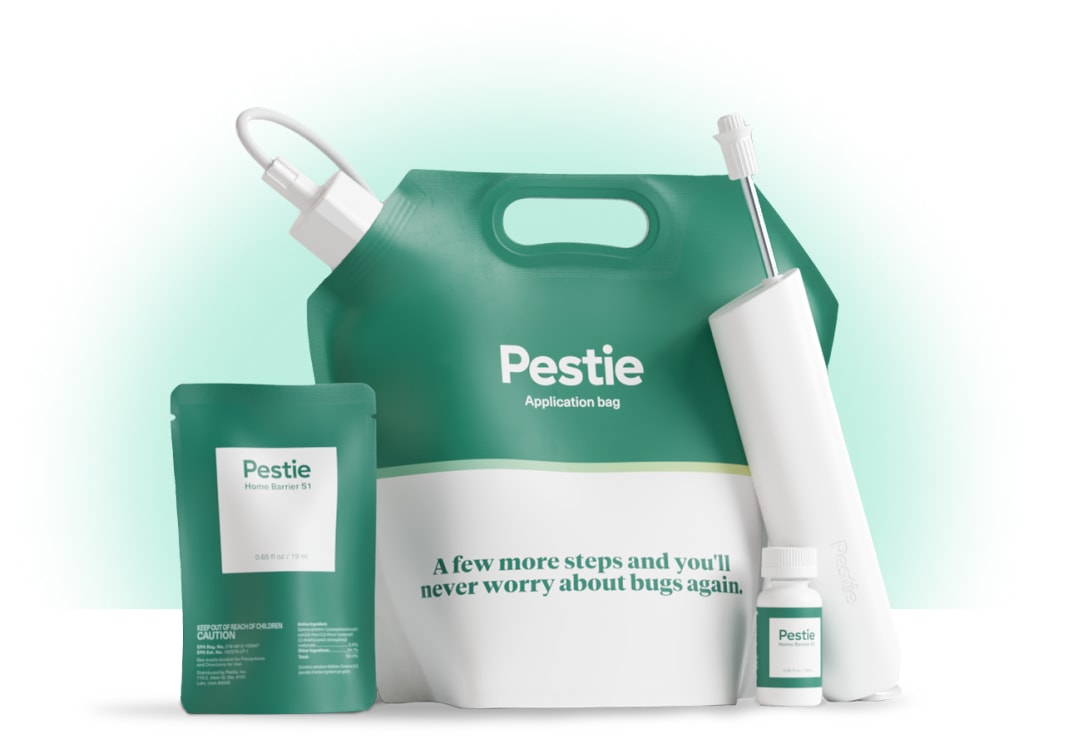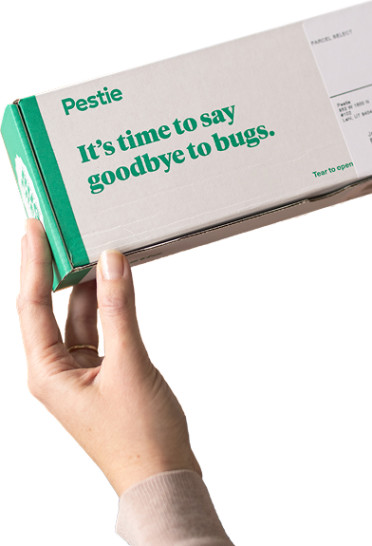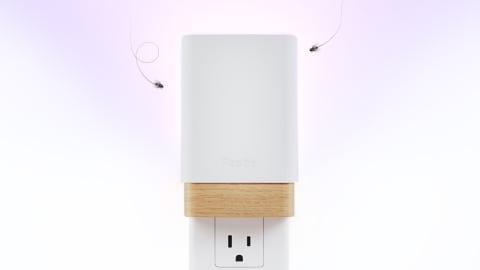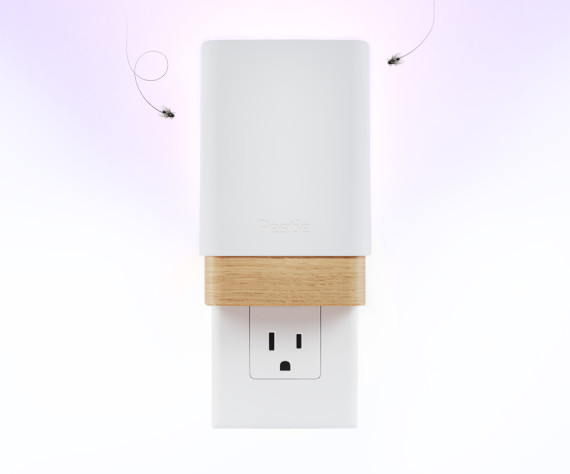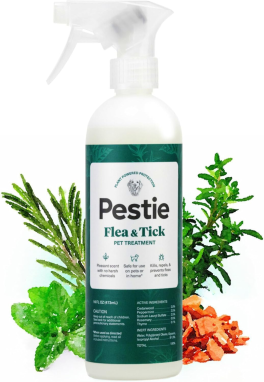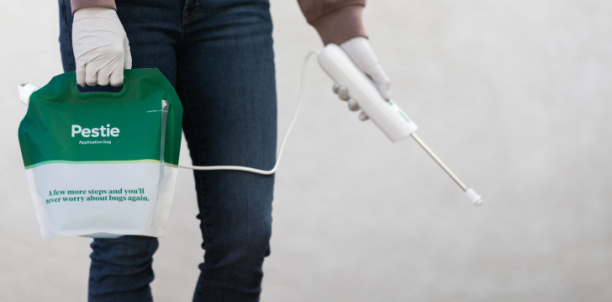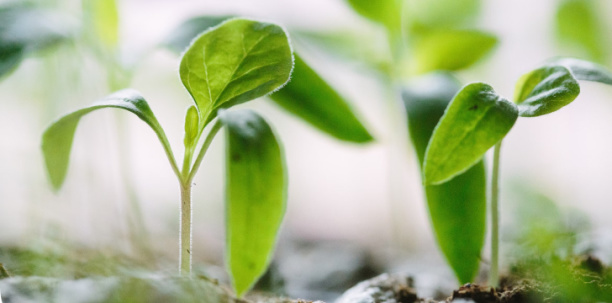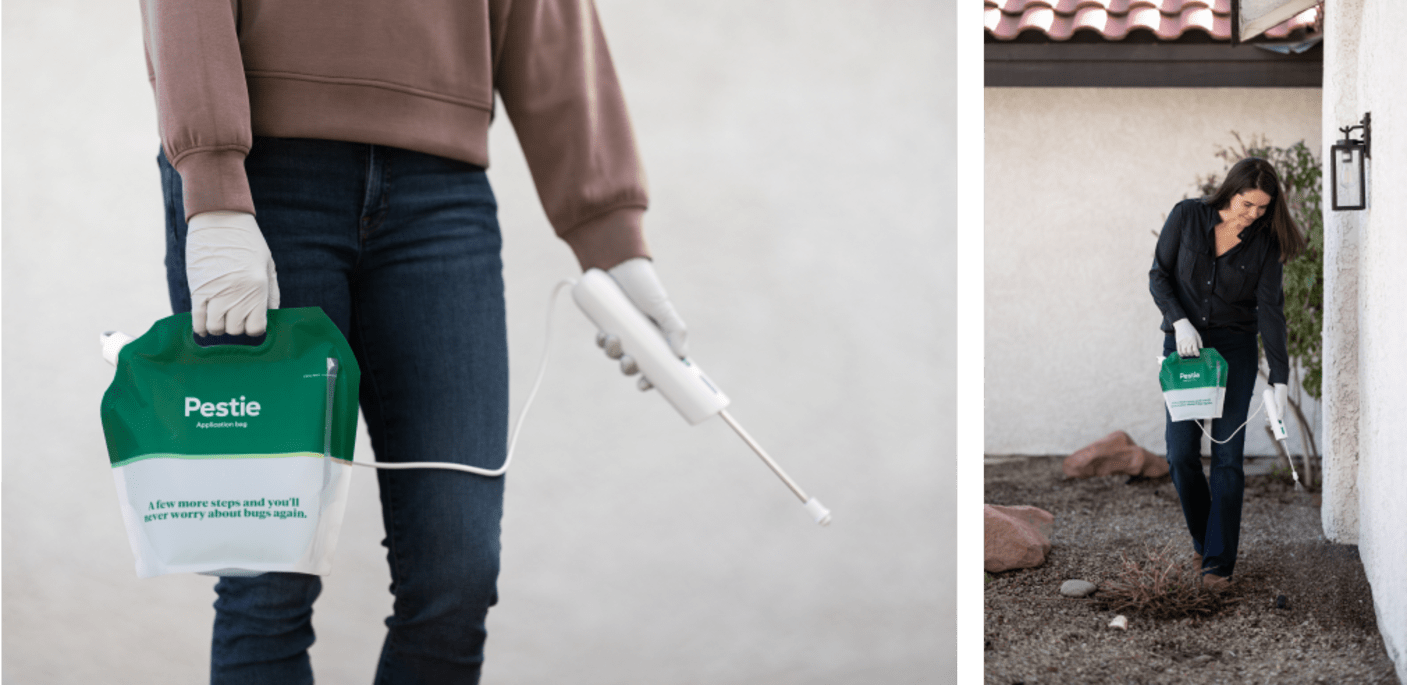How to identify and get rid of leafhoppers
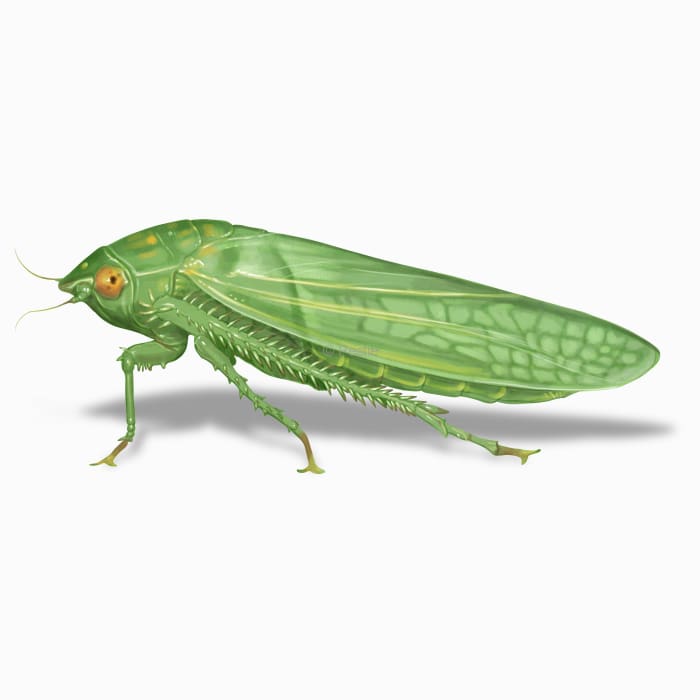
Get the jump on leafhoppers before they bounce
Just like any good party crasher, leafhoppers know how to make an entrance and a quick exit! These tiny bugs that look like miniature cicadas love sucking the juices from our favorite plants. Sometimes they come in dull, camouflage colors, or they wear bright and vibrant patterns for all to see. Either way, enough of these guys in your garden or yard can start to create some real problems for your plants.
Leafhoppers have piercing-sucking mouthparts that they use to tap into the abundance of sap in your plants. But, while they are slurping away, they can also transmit plant diseases. But that’s not all…
Leafhoppers need to suck up lots of plant sap to get the nutrients they need, but end up with a lot of excess water and sugar in their diet. So, where does it all go? Out the back end, like a fountain!
Leafhoppers are able to excrete honeydew and shoot it out away from their bodies. They are so good at this that their nickname is sometimes called sharpshooters!
That honeydew often falls on the lower leaves of plants, creating mold and mildew problems. They can also rain down sticky honeydew from a tree onto your car.
How to identify leafhoppers
Leafhoppers resemble cicadas, but only miniature. They are often green, yellow, or brown, blending into their surroundings, while others can be brightly colored. They all have a wedge-shaped body that tapers from the head to the abdomen, and a defining characteristic of leafhoppers are their bristly hind legs. These hind legs are also really good at jumping too!
If your plants start showing signs of yellowing or curling leaves, or if you notice a sticky substance called honeydew (which can lead to sooty mold), you might have leafhoppers in your yard or garden.
How big are leafhoppers?
Most leafhoppers are quite small, typically ranging from 1/8 to 1/2 inch in length.
What other pest looks like a leafhoppers?
Leafhoppers are often confused with planthoppers, treehoppers, spittlebugs, froghoppers, flea beetles, or aphids. They are also close relatives to cicadas so they could be mistaken. To make sure it’s a leafhopper, look for that cicada-like body and bristles all the way down the hind legs.
Where do leafhoppers live?
Leafhoppers are found throughout the United States. There are over 3000 species in the US alone. They can be found in your yard or garden. Look for them on the underside of leaves, but be quick, as they will bounce away in a blink. Inside the house, they might be found near houseplants or windows.
How to get rid of leafhoppers
Leafhoppers can pose a significant problem for gardeners or homeowners and their yards. However, management isn’t too complicated without relying on harsh chemicals.
Here are a few ways you can beat leafhoppers:
- Use row covers on emerging plants
- Spray insecticidal soaps, horticultural oils, or neem oil
- Dust plants with diatomaceous earth
- Hose off leafhoppers with water
- Dispose of plant material
When you use a spray, make sure that the undersides of leaves are covered, as that is where you’ll most likely find leafhoppers hanging out.
Additionally, if you want to prevent leafhoppers from invading your lawn or garden, consider using a pest control spray, like the one Pestie offers. With our subscription based plan, you’ll get a new customized solution to your door when it’s time to reapply.
Treat leafhoppers with Pestie
If you're still having trouble keeping leafhoppers away, the best option is to use a pro-grade, effective pest control solution like Pestie.
Pestie is a do-it-yourself pest control solution that's specially designed to keep leafhoppers and other pests away from your home.
With Pestie, you can rest easy knowing that your living space is protected and free of creepy crawlies. And the best part? It's designed for people, pets, and the planet, so you can say goodbye to harsh chemicals and hello to peace of mind!
- Save hundreds compared to traditional annual pest plans
- People, pet, and planet-friendly
- Pro-grade customized formulas
Quick facts
- Scientific name
Family - Cicadellidae
- Other common names
Hoppers
- Colors
Green, yellow, brown, bright stripes or markings
- Life span
1-3 months
- Diet
Plant sap
How dangerous are Leafhoppers?
Low danger risk
Leafhoppers are not harmful to humans but can be a nuisance to plants.
Some species of leafhoppers do something called mud-puddling. Males will gather around puddles or mud holes and suck up fluid to capture more nutrients than what they can get from plants.
